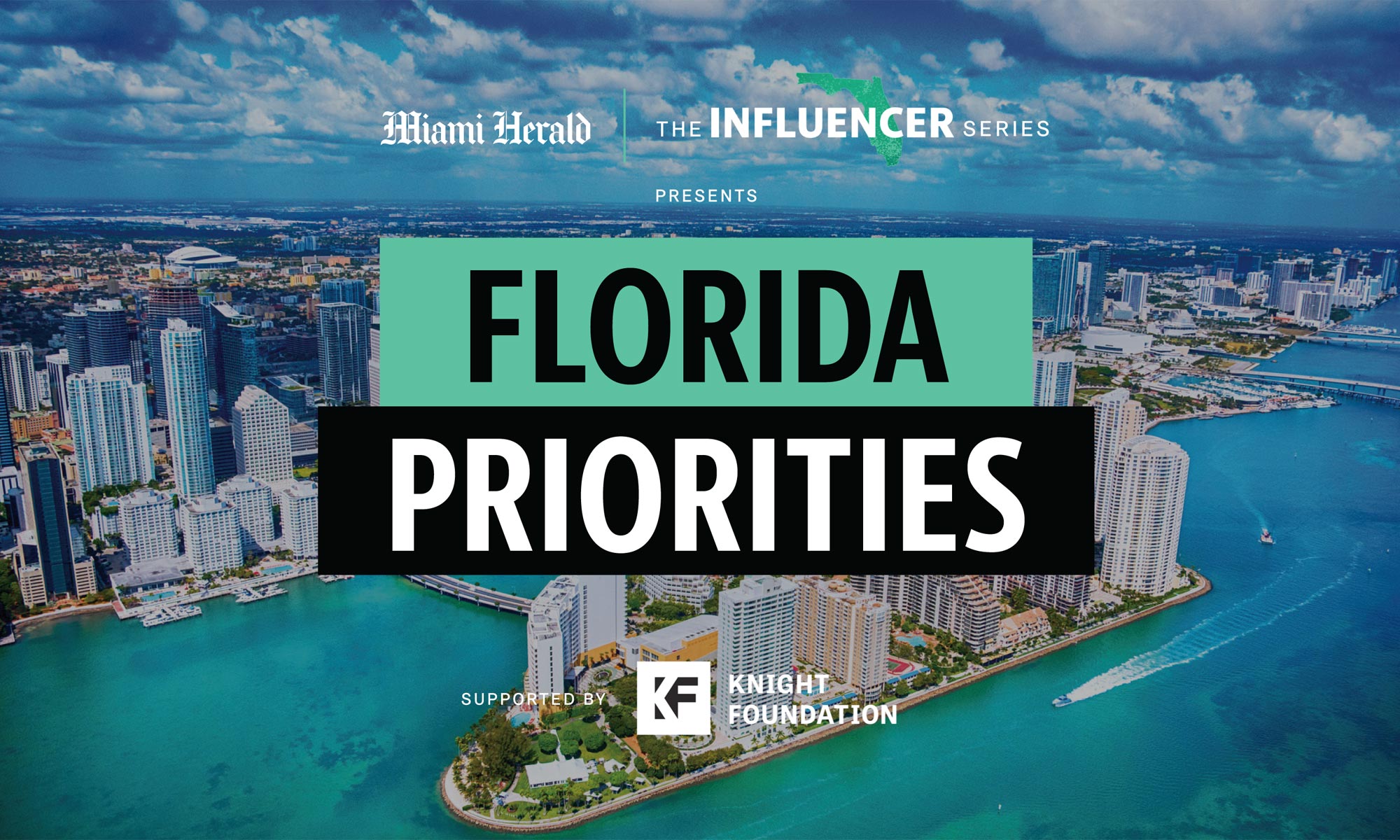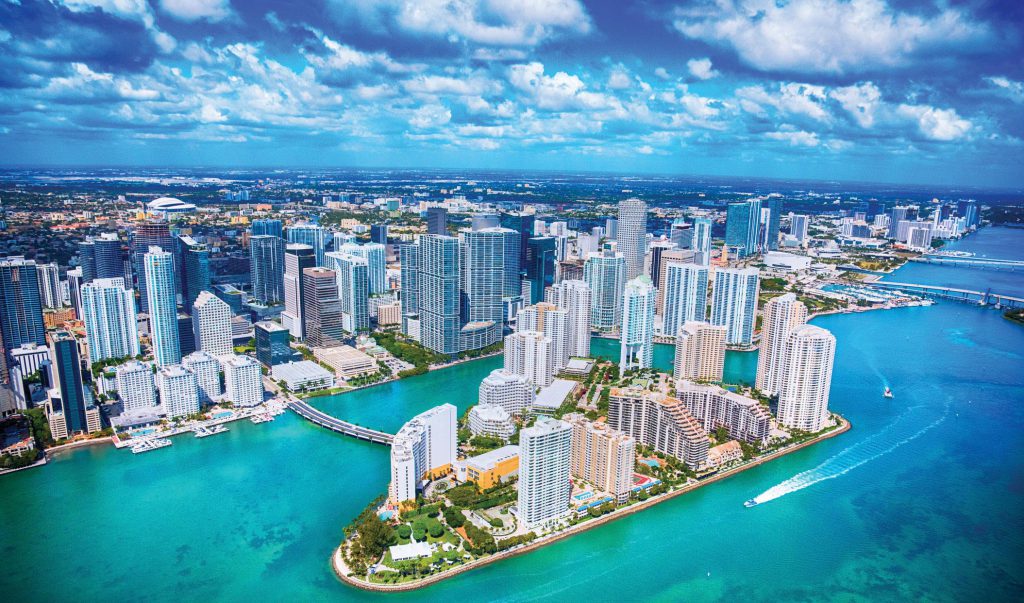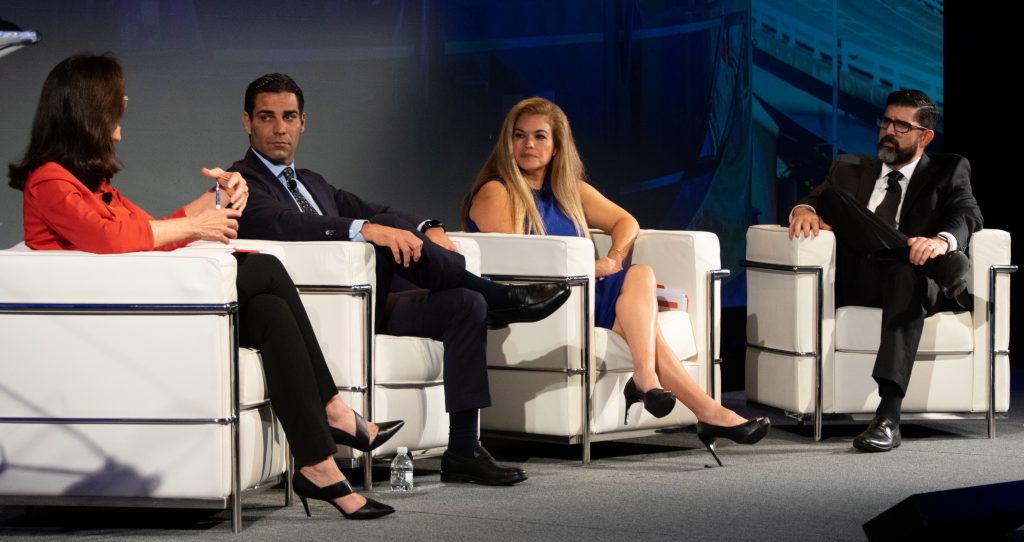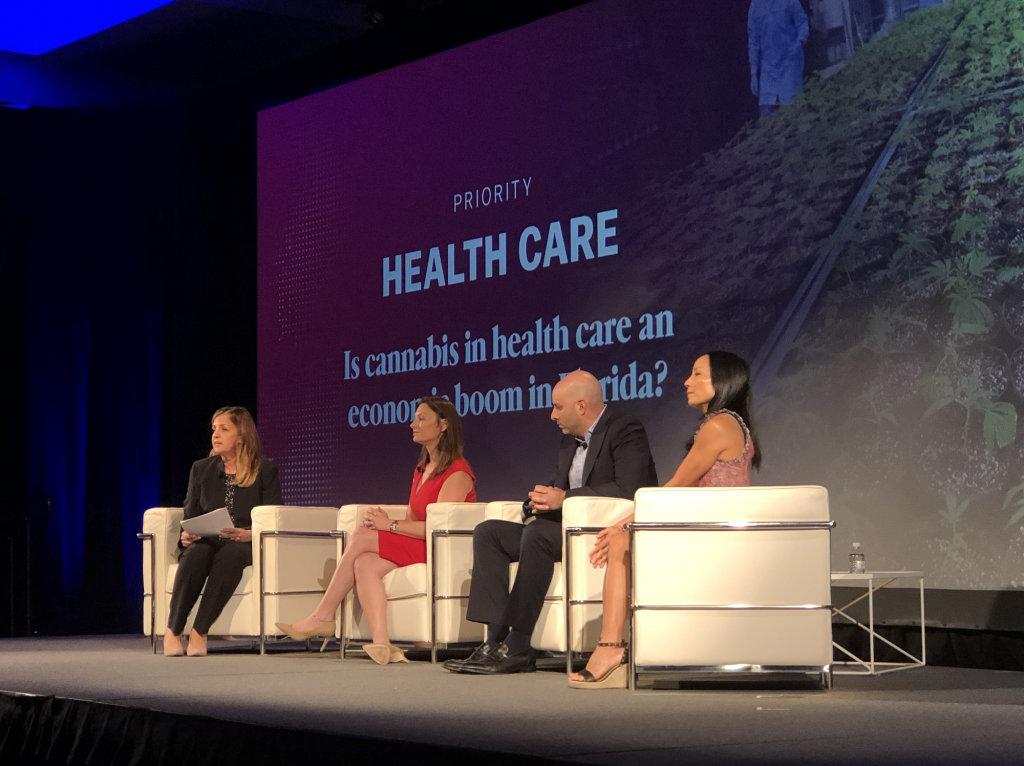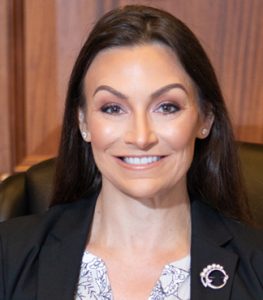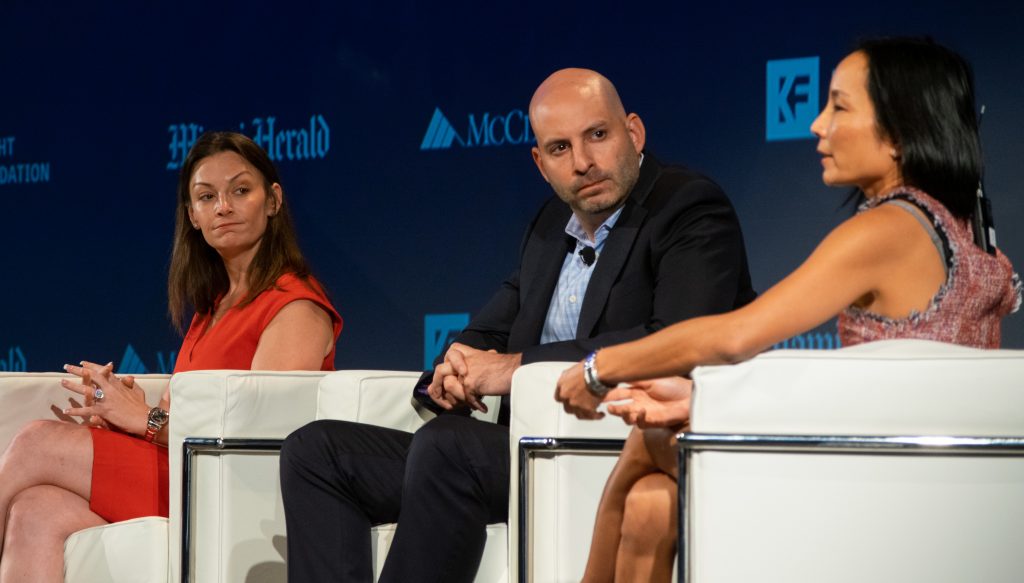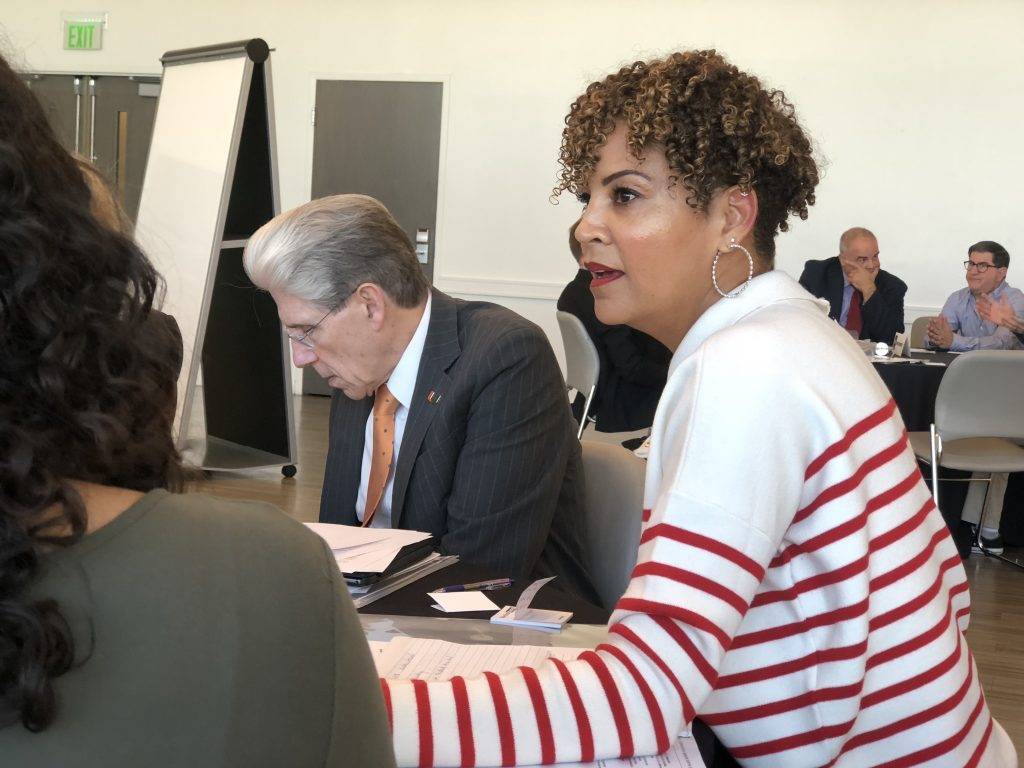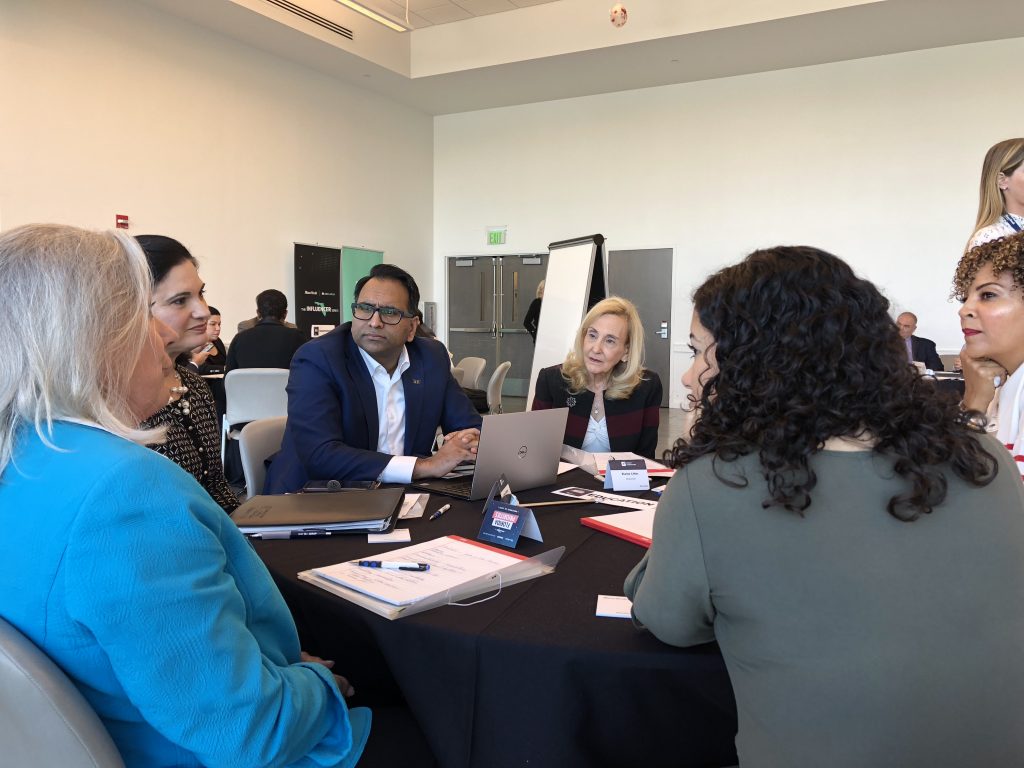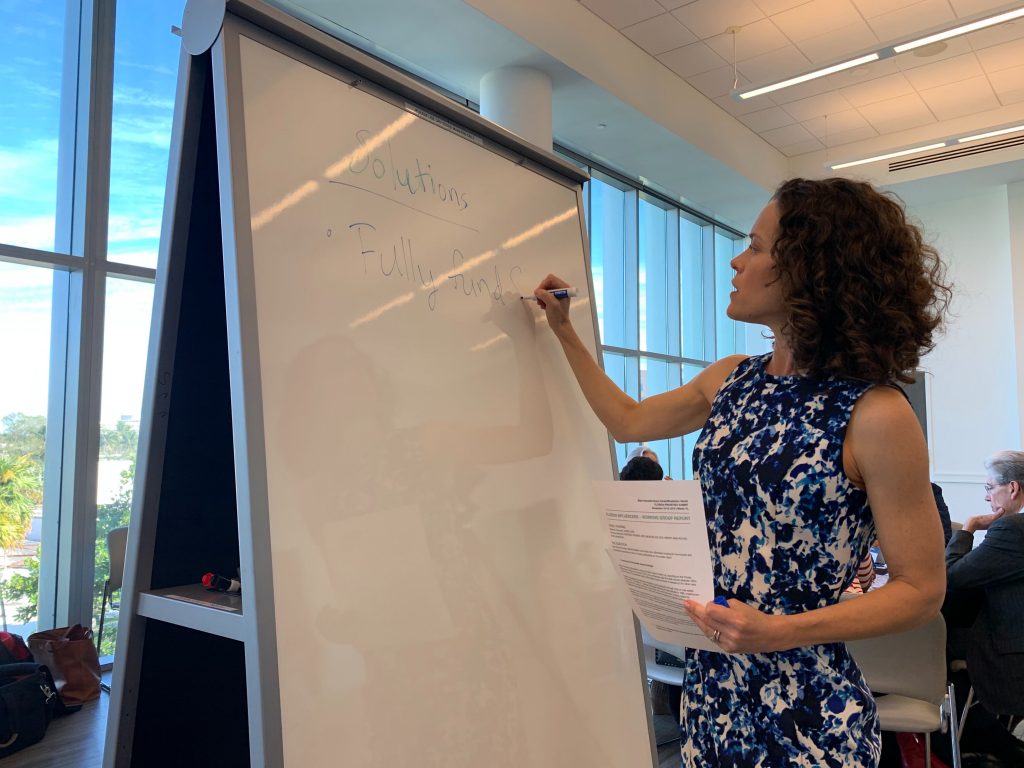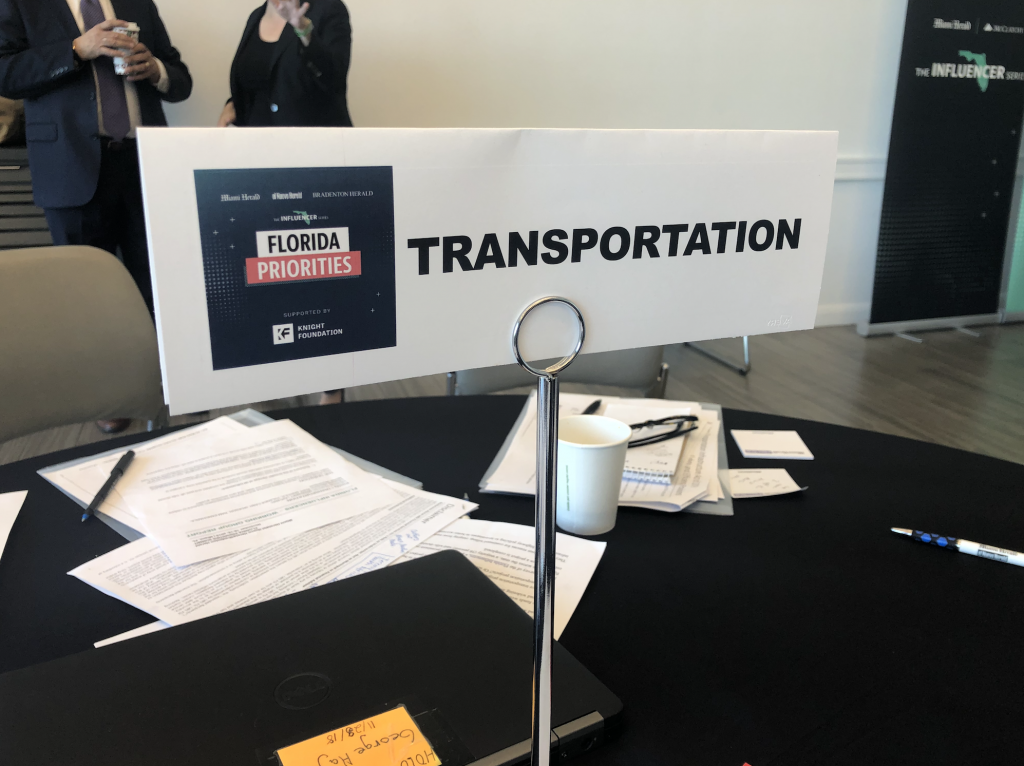
By Anna Timmons
The Miami Hurricane / University of Miami
Three local influencers at the Florida Priorities Summit on Tuesday, Nov. 19, talked about progress in Miami-Dade County to clear up the congested highways and main roads that Miamians know all too well.
Miami Mayor Francis Suarez, Miami-Dade County Transit Director Alice Bravo and Republican state Sen. Manny Diaz Jr. of Miami, spoke about public transportation on an afternoon summit panel.
Suarez and Bravo discussed the status of the Strategic Miami Area Rapid Transit (SMART) Plan, which was first adopted back in 2016 by the county’s Transportation Planning Organization’s governing board.
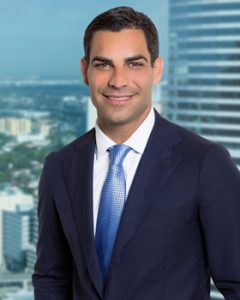
Miami-Dade County’s Metrorail system has 22 stations, running from Dadeland South station north to the Palmetto station at Northwest 79th Street. Metromover loops throughout downtown Miami provide mobility from the northern School Board station south to Brickell Avenue. Both systems stop at the downtown Government Center.
The SMART Plan will add metro lines connecting commuters to Kendall Drive in southwest Miami-Dade, Northwest 27th Avenue in Miami Gardens and northeast Miami-Dade near Biscayne Boulevard. Other popular tourist destinations such as the Design District, Wynwood and South Beach would be connected through a beach corridor train spanning across the MacArthur Causeway.
“The highway system here is maxxed out. And therefore, if the highways are meant for the movement of people and goods, well then if they’re congested, we’re not moving people and goods,” said Bravo, pointing to the need for the plan.
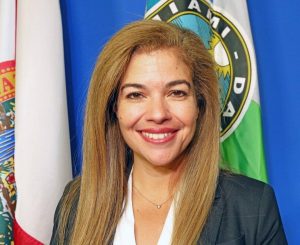
Miami faces a huge traffic problem as there are 2.8 million people in the area, 2.1 million people with driver’s licenses and approximately 1.1 cars for each licensed driver, Suarez said.
The panel discussed current accessibility issues in Miami as a result of the current public transportation system. Getting around Miami adds a significant price to the cost of living. The Miami Herald reported that a person who commutes daily from Kendall to downtown Miami could spend around $1,000 a year in tolls alone.
“The working poor can no longer afford to use our highway system. So what’s happening? They still need to get to work so they’re just using our city streets and then it’s creating a huge disruption of quality of life for our residents that before the streets used to be theirs,” Suarez said.
The SMART Plan could provide relief to those unable to afford the cost of having a car in Miami, as well as an improved quality of life.
“We give people more opportunities if they have a good transit system to rely on. They’ll have access to jobs, to education, better healthcare,” Bravo said.
However, achieving the goals of the SMART Plan is going to require leadership and tough budget choices, the mayor said.
Miami-Dade is seeking both federal and state funding for the project.
“Now is the time when we have to leave it to the state hopefully to help us expand our mass transit capacities,” Suarez said.
The state currently has a $48.1 billion transportation plan, however the main focus of this money is the state highway system. Diaz said “the state’s view on transportation is connectivity throughout the state and interstate.”
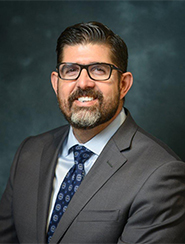
Gov. Ron DeSantis announced a record $91.4 billion budget for the state of Florida on Monday, Nov. 18.
“This is a time of plenty, this is a time where the state has the resources. It seems to me that this is also the time to start asking these kinds of questions about where we are going to invest in the future,” said panel conversation leader Mary Ellen Klas, the capital bureau chief at the Miami Herald.
In the meantime, Miami is investing in a rapid-transit bus system which was approved back in August of 2018. The project has a $304 million budget and will add 20 miles to the bus system, the Miami Herald reported. These buses will use dedicated express lanes and stations, bringing riders out of the congestion and saving them time, Bravo said.
She explained that with the SMART Plan and expanded bus systems, Miami will be on its way to “creating that robust transit network where you can have a car-optional community.”
